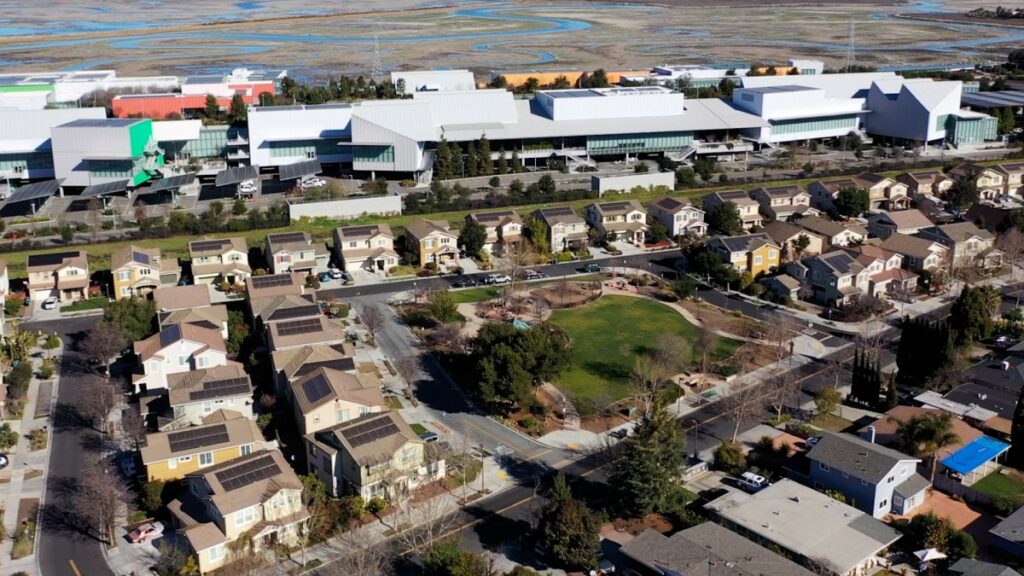April 1 Sees New Flood Insurance Rates For Existing Policies

The federal government’s National Flood Insurance Program rates will increase for most existing policyholders April 1, as the Federal Emergency Management Agency’s new pricing structure takes effect in full.
New policyholders began paying the updated rates Oct. 1, and county and zip code data can be downloaded from the FEMA website about local changes.
For example, of about 27,000 policies in Atlantic County, about 17,000 will see a premium increase of just $0 to $10 in the first year, as will 36,000 of Cape May County’s 52,000 policyholders.
FEMA has called Risk Rating 2.0 a fairer, more science-based approach to pricing flood insurance.
Property owners will pay for coverage based on their specific location’s risk of flooding and cost of repair, according to FEMA.
Most New Jerseyans covered by the program can expect to see their premium costs increase by up to $120 in the next year, while 21% will see their premiums go down, FEMA has said. About 5% will see increases of more than $240 per year, especially in the most flood-prone shore areas.
Sens. Bob Menendez, D-N.J., and Bill Cassidy, R-La., have said the new rates will push people out of the program over time, leaving only the most flood-prone properties covered.
There is a statutory cap of 18% per year premium increases, and most increases will be less than that, according to data on FEMA’s website.
Cassidy and Menendez instead proposed a reform package that would cap rate increases at 9%.
Nationally, the average flood insurance premium is $700 per year, according to FEMA.
FEMA has said its Risk Rating 2.0 system “delivers rates that more accurately reflect flood risk and ensure the National Flood Insurance Program will be here for this generation and generations to come.”
An analysis by the Congressional Budget Office that has not been released but that the senators said was provided to them verbally predicted 900,000 flood insurance policyholders would drop out of the program as a result of rate increases over the next 10 years.
“That’s 20% of the entire program,” Menendez said. “That runs completely opposite of FEMA’s goal (of increasing participation).”
The NFIP is more than $20 billion in debt, according to the Congressional Research Service, and Congress has not been able to come up with a comprehensive revamping of the program through legislation.
The nonprofit Pew Charitable Trusts has said the new rating system is fairer and uses industry flood data, best practices and catastrophic modeling to set rates.
It also encourages flood mitigation by offering lower premiums in exchange for risk reduction actions, such as elevating utilities, Pew said.
“In a world with growing risks, this is a welcome – and timely – change,” Pew said in its analysis. “Without Risk Rating 2.0, every NFIP policyholder would get a rate increase this year. Under the new, more equitable plan, nearly 1.2 million of the more than 5 million NFIP policyholders will see an immediate decrease in premiums. … Of the single-family homeowners who will see costs rise, nearly 88% will face a modest increase of $10 or less per month.
In New Jersey, according to FEMA, 21% of those covered will see premium decreases under the new system, 64% will see increases of up to $120 a year, 10% will see increases of $120 to $240, and 5% will see premiums go up by more than $240 a year.
According to FEMA, there are 217,200 flood insurance policies in New Jersey, and the average payout over the past 10 years has been $47,700.
This content was originally published here.




Responses